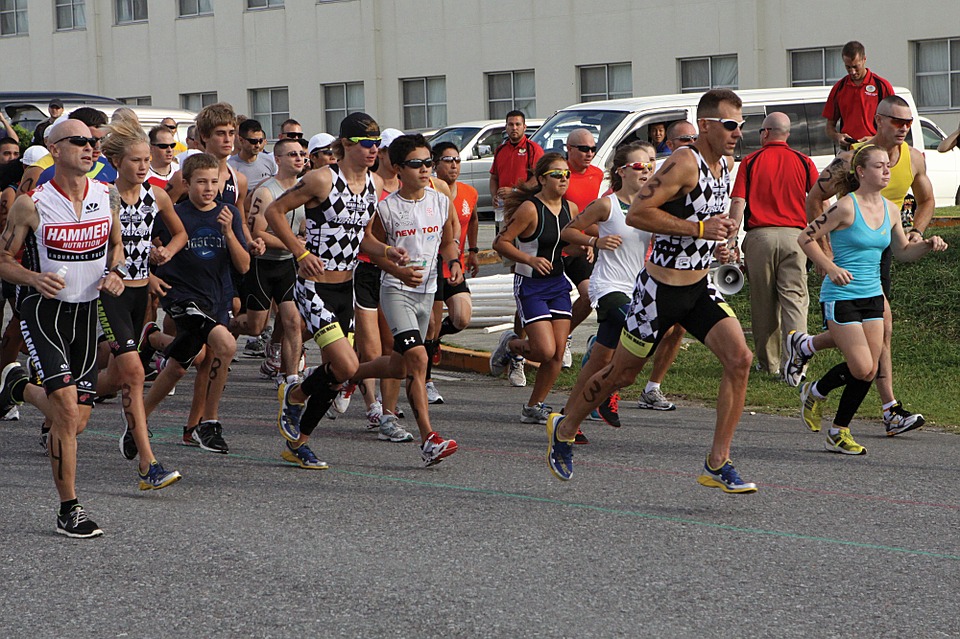
How to Create Your Own Fitness Challenge
Starting a fitness challenge can be a great way to hold yourself accountable for your fitness actions. By including others like friends, coworkers, neighbors or family, the process is typically much more fun to go through and builds camaraderie.
Whether borrowing an idea from an already-existing challenge (like starting your own “Biggest Loser” contest) or setting one up with your own rules and regulations, consider these tips to ensure it goes as smooth as possible:
Set A Duration for the Challenge
For participants to noticeably see a change to their bodies, two to six months is typically an adequate time frame when losing 1-2 lbs./week according to the Mayo Clinic. Setting aside enough time for the challenge will allow you and other competitors to see visible results and compare your before and after photos.
Determine How to Measure Success
Often, determining success by weight loss alone is deceiving and inaccurate. The most accurate way to measure success of a fitness challenge is by determining body fat percentage lost. This will also encourage competitors to build muscle while eating a healthy diet.
Divide Into Teams (or Stay Solo)
Competitions can be done either way. For a set amount of people that see each other around the same time, like coworkers, teams may be a great idea and a way to get to know your peers. Otherwise, due to time schedules, solo activities might be the best route.
Set the Fees/Prizes
Often the prize in these competitions is a pot of cash collected from the entry fees. But if you and your group do not want to monetarily hold yourselves to the challenge, other prizes can still be coveted with a smaller entry fee. Some great ideas include gift cards for movies, lunches, or other fun activities. When you have a really motivated group, just the idea of the competition itself can sometimes be enough to keep everyone on track.
Establish Guidelines
When creating a fitness challenge at work, first consult your HR Department to determine any bumps you may hit in the road. Create a clear statement including dates, rules, how measurements will be taken, any possible banned activities or supplements, prizes, and entry fees. If everyone is held to the same standard with little grey area, this will make the entire process easier on the organizer and the group overall.
Ensure Privacy
Ask other participants about the level of privacy they feel comfortable with. Many people would not feel comfortable with their weight being displayed for others in the group to see, but are okay with showing off how many inches or how much weight they have lost. Also determine how to share this information so individuals or teams can benchmark their progress against others week by week.
Create Structure for Check-Ins
Determine a day and time of the week to get together for weekly check-ins. Decide on whether using a bathroom scale or having a trainer take personal measurements and keep consistent with that. These check-ins will help keep everyone accountable for their progress.
Continue Motivating Throughout the Challenge
Keep everyone motived throughout the challenge by planning mini-events along the way and a final celebration to show off everyone’s successes. This is where participants can offer each other advice, share experiences, or get advice from a professional during a nutrition meeting, group workout, or recipe swap.
